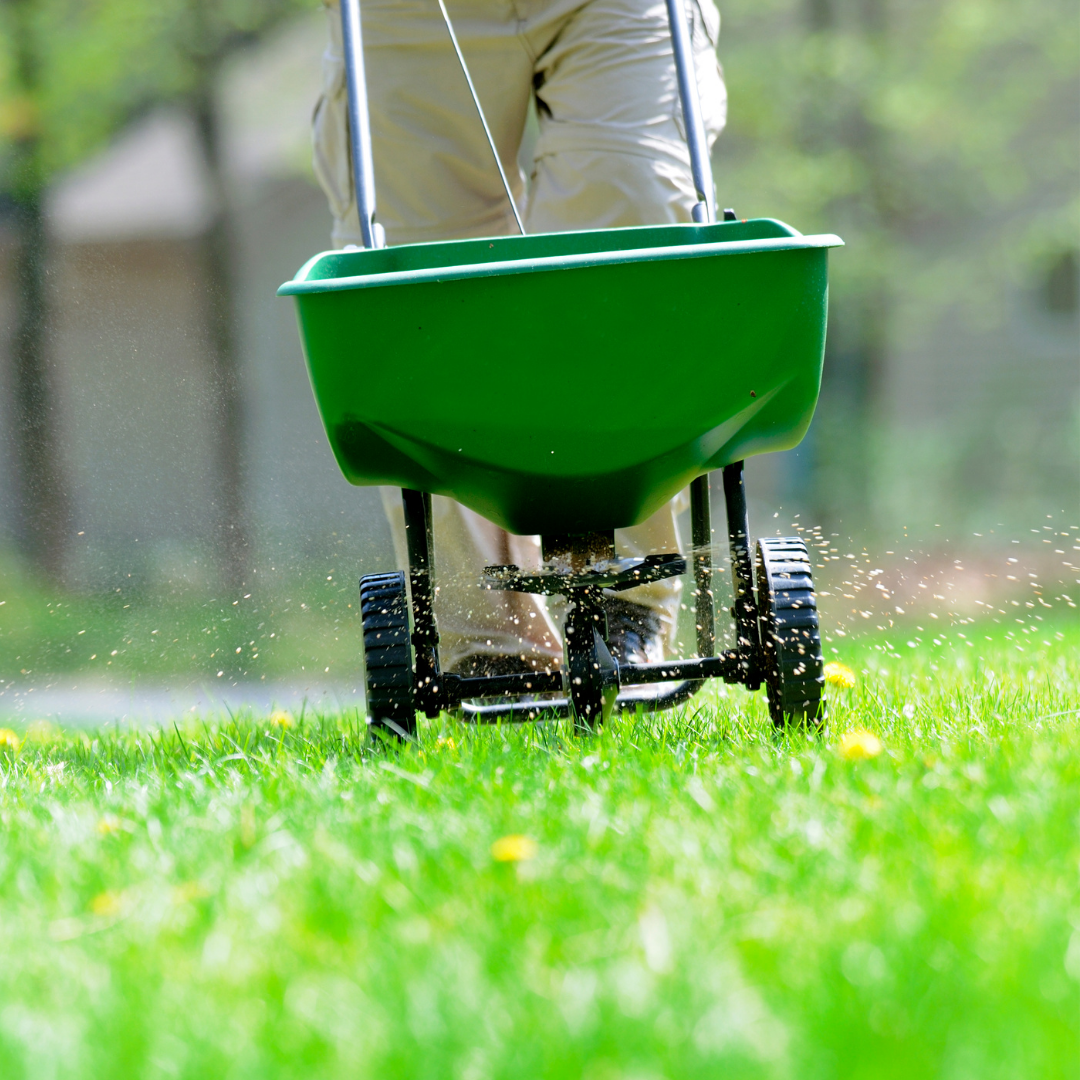Winter can be an excellent time for a new sod installation. If you wait until spring, you may have to deal with rainy weather and mud. New sod can be placed on the frozen ground under certain conditions to help you avoid a huge mess. Here are three tips for sod installation during winter.
Prep Your Lawn
Sod installation during the winter is like any other time of year. Prep your laws by making sure it is aerated and graded. Fertilizer should be added before sod installation. Once the sod is placed, water whenever temperatures are over 40 degrees. This above-freezing watering will help the root system to establish itself. The sod will not harm your lawn if it becomes frozen after installation.
Take Advantage of Natural Precipitation
The winter provides cooler temperatures and precipitation to help you use less water. If your new sod installation becomes covered in snow, there is no need to water. You do not need your sprinkler system for watering until spring. Use a garden hose on warm and dry days to give your sod a little water. Keep your sod installation damp for the first few weeks until the roots are firmly established.
Clear Off Debris and Snow
Wet debris and snow can smother a new sod installation. Sod needs plenty of oxygen to grow properly. Snow mold can develop on unfrozen lawns that get heavy amounts of snow. Spread large snow mounds out to encourage faster melting. Faster snowmelt will enable the root system to keep growing.
Sod Installation Professionals
Need more advice on how to lay sod during the winter? Contact the highly experienced professionals at Wagner Sod Company today for tips and best practices!




